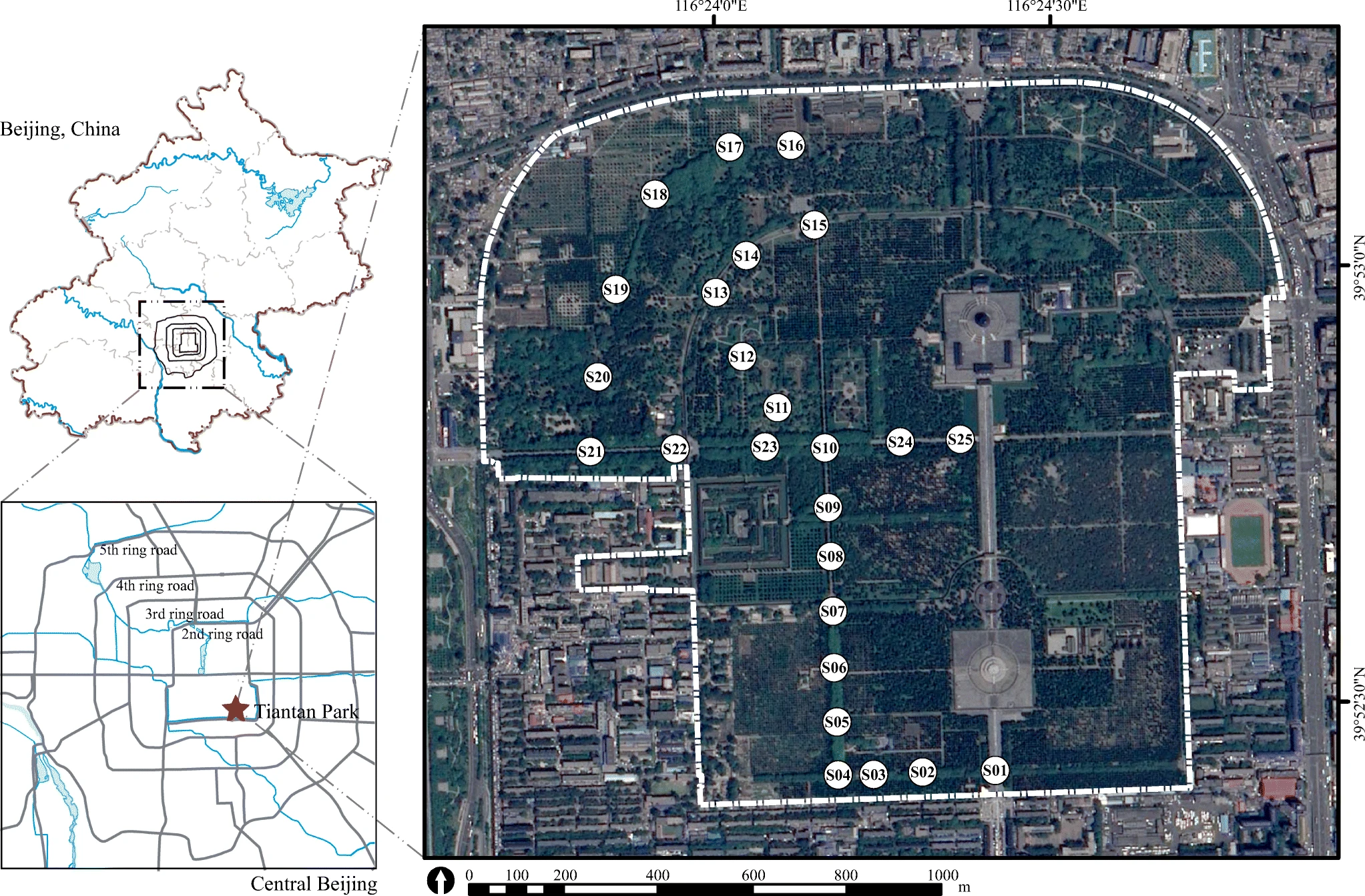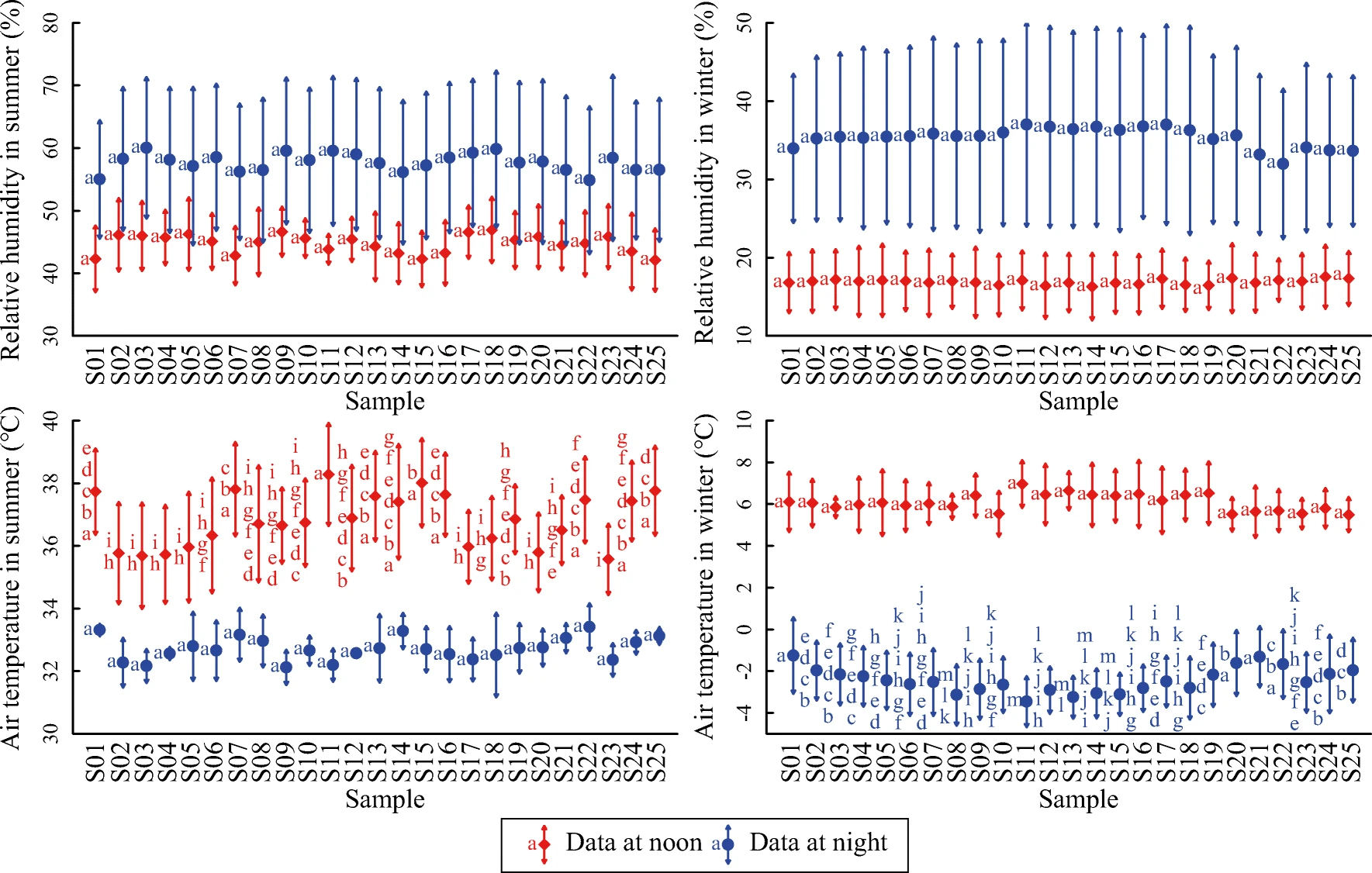Microclimate in an urban park and its influencing factors: A case study of Tiantan Park in Beijing, China
Published in Urban Ecosystems, 2021
Recommended citation: Li, Y., Fan, S., Li, K., Zhang, Y., & Dong, L. (2021). Microclimate in an urban park and its influencing factors: A case study of Tiantan Park in Beijing, China. Urban Ecosystems, 24(4), 767–778. https://doi.org/10.1007/s11252-020-01073-4
Construction of urban green spaces may effectively mitigate urban heat island effect. Better design of green spaces may improve their thermal performance, and therefore provide better ecosystem services in cities. Aiming at providing empirical evidence and further insights for urban park design, field measurement of air temperature (Ta) and relative humidity (Rh) was conducted in Tiantan Park in Beijing, China. Results show that within Tiantan park, 1.29–2.71 °C air temperature difference and 1.27–5.16% relative humidity difference were observed at different time. Among all parameters, radiation condition (β = 0.872; β = 0.723) and land cover composition (β = 0.601) are dominant influencing factor on daytime and nighttime Ta respectively. Among different vegetation types, deciduous trees have significant cooling and humidifying effects at noon in summer (ρ = −0.65); evergreen trees have little effects in summer, but a humidifying effect in winter (ρ = −0.58); grassland may give rise to daytime Ta in both summer and winter (ρ = 0.48; ρ = 0.52). Effects of the shape of different vegetation types remain unclear, while more compact imperious surfaces may lead to lower daytime Ta (ρ = 0.55; ρ = 0.67). Understanding such microclimate conditions in an urban park may assist designers to create a more thermally friendly environment in future.

Location of sampling points within Tiantan Park (The Temple of Heaven)

Comparison of air temperature and relative humidity within Tiantan Park (Average with Standard deviation. Groups with identical letters are not significantly different at ɑ=0.05)
